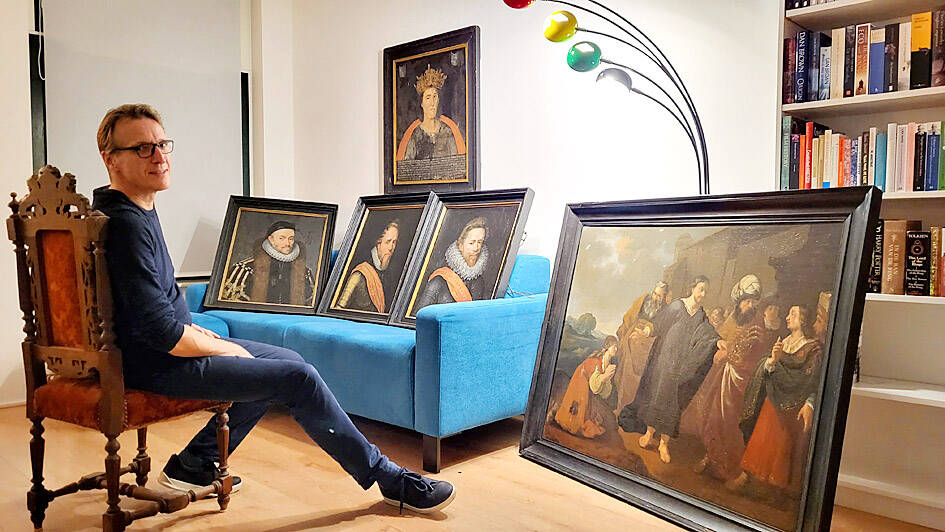Vincent van Gogh was in the pretty town of Auvers-sur-Oise in 1890, which is not far from Paris. He moved there from the hospital in St. Remy, Provence, because he thought a change of setting from the hot south to the green north would be good for him. He was also interested in the house because it was home to Dr. Paul Gachet, a herbalist who was known for helping many artists. This is where Van Gogh painted some of his most famous works: Dr. Gachet’s untidy yard.

A Show at the Musée d’Orsay That Has Never Been Seen Before
With the title “Van Gogh in Auvers-sur-Oise: The Final Months,” the Musée d’Orsay is currently showing a remarkable group of Van Gogh’s works from this time. This show, which started at the Van Gogh Museum in Amsterdam, is the only place where you can see the artist’s last burst of creativity all in one place. It’s a memorable experience that helps you understand Van Gogh’s last few months better.
The Art of the Last Few Months
During this time, Van Gogh painted with a language of frantic energy, squished forms, direct expression, simplicity, and trying new things. Some people may connect this time to his mental health problems, but the artworks show a different story. They are filled to the brim with pure happiness, honoring nature, color, and paint.
Taking in both life and death
In many of these final works, life and death are seen as coexisting. In “Wheatfield with a Reaper,” the actions of the reaper are shown as a normal part of life, surrounded by stacked sheaves that look like women. The scene is not sad at all because it is lit up with bright light.
A Love Letter to Auvers by Van Gogh
Van Gogh’s art shows how much he loved Auvers. He saw beauty in everything, and his drawings show how happy he was. He painted “Blossoming Chestnut Trees” on his second day in Auvers. It is full of different brushstrokes that make the tree look like it is coming to life. Using “Stairway at Auvers,” he skillfully captures the lively and rhythmic feel of the town.
A Spark of Speed in His Work
A lot of energy flows through Van Gogh’s works from this time. The designs in “Thatched Cottages in Cordeville” and “The Church at Auvers-sur-Oise” are flowing and colorful, showing how he could put together different parts of a dynamic whole.
Living outside
He went to Auvers to find peace and quiet in nature during his stay there. His scenes show how nature can make you feel good about life. In “Landscape at Twilight,” he successfully shows how the light is going out with a lot of different brushstrokes. “Undergrowth with Two Figures” shows a ghostly couple among the flower-covered grass and poplar trunks.
Canvases with two squares
Van Gogh changed things up with Midsummer by using a “double square” surface to show how big nature is. “Undergrowth with Two Figures” and “Landscape at Twilight” are both in this set. They hint at a deep sorrow that runs through Van Gogh’s work.
Emotional Range
The exhibition’s double square settings show a wide range of feelings. “Sheaves of Wheat” and “Rain—Auvers-sur-Oise” show a range of emotions, from happy and warm to sad and quiet. Each scene is different in how it looks and how it says something.
The Last Great Work
Van Gogh’s last picture, “Tree Roots,” which he made the morning he killed himself, shows a lot of inner turmoil. The painting is surreal, with clumpy, twisted paint and blue trees that stand out in a bold way. Even though it is dark, the sun shines through the bushes, representing Van Gogh’s never-ending search for light, even when things were very bad.
Van Gogh’s amazing trip during his last few months in Auvers-sur-Oise is shown in an exhibition at the Musée d’Orsay. You can see how the artist’s style, feelings, and the complicated relationship between life and death change over time.


